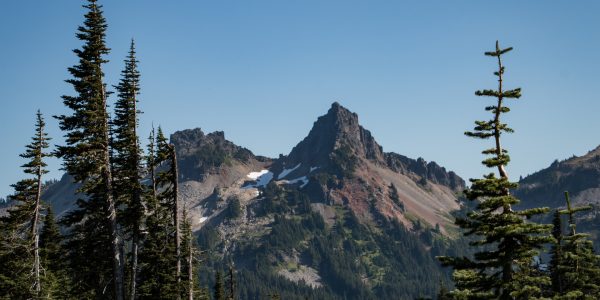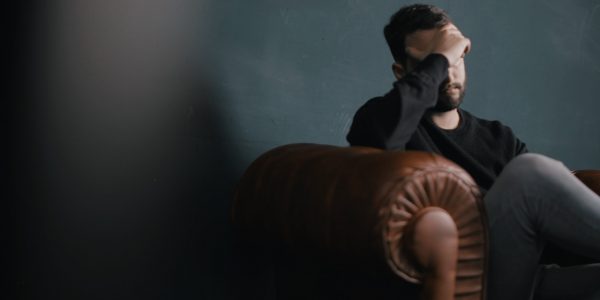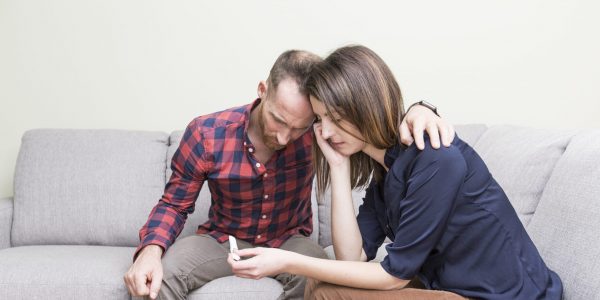LISTEN TO THIS ARTICLE:
A Note About Gender Dysphoria:
Gender Dysphoria represents a more enlightened view of what was once called Gender Identity Disorder. This new category is less stigmatizing. It focuses on the emotional distress and difficulties that can occur when individuals identify with a different gender than the one they were assigned at birth. These difficulties can also occur with individuals who identify between one gender and another, a fluidity called Gender Non-Binary. They do not find themselves to be either “male” or “female.” Gender identity is fundamental to a person’s whole human identity. Therefore, it is important to discuss these questions with a therapist who specializes in gender-related issues.
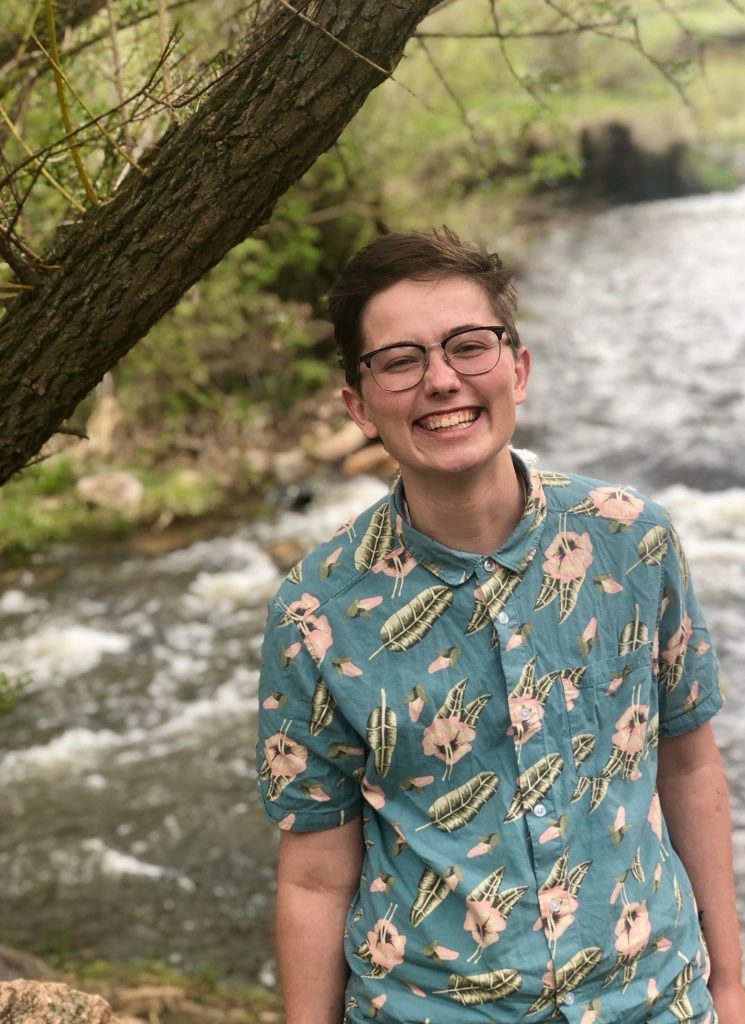 I am Hayden
I am Hayden
My name is Hayden, and I am a person who is non-binary. As early as age four I knew I did not identify fully as a girl (the gender I was assigned at birth), but of course at such a young age I did not have the language or understanding to realize what that meant. By my teen years, things made much more sense to me.
Ironically, just as I was starting to understand myself, like most teenagers — whose primary goal in life is to “fit in,” — more than ever I felt the need to hide my true self. I knew that my identity was neither completely female nor male, and I was experiencing what is called non-binary. I compartmentalized this very important piece of myself and locked it away in a box, because I was frightened of being too different and not accepted. For example, I hated dressing up, and I wore clothes that made me uncomfortable, so I could try and look like everyone else.
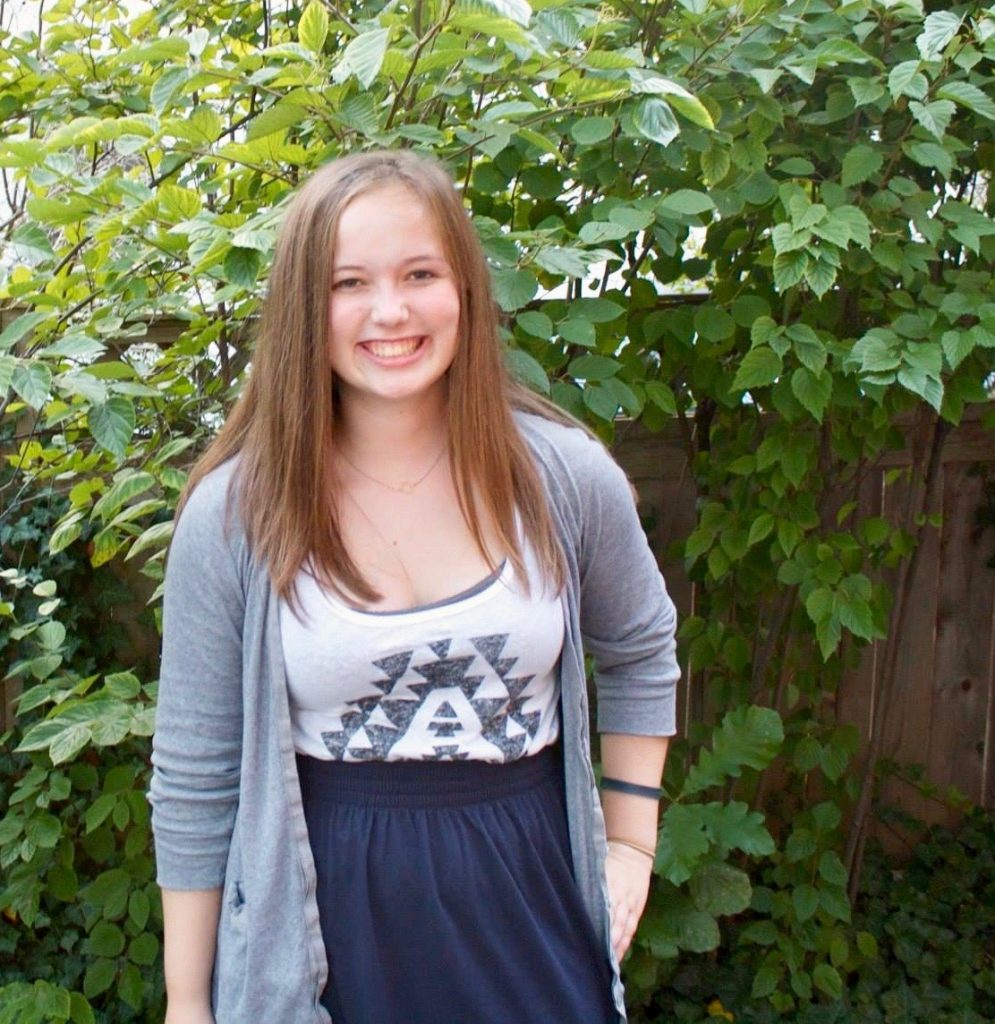
Coming out
After high school and during college, I decided to come out as non-binary. I needed to unlock that box and allow myself to be the person I am, to love my whole self. I traded the dress for clothes that fit the real me. In my opinion, society has a long way to go toward accepting trans and non-binary people. But I am ready to face the challenges before me. I don’t allow myself to be restricted to a “she” or “he” label. Being non-binary, I choose to use they/them pronouns. Instead of hiding who I am, I have vowed to present myself proudly as non-binary.
I learned so much over the past year. At first, I had a lot of questions so I met regularly with a gender therapist for about four months. There is a common fear that gender therapists will try to fit you into one slot or another. Instead, they generally try to help you to figure out where your true identity resides. The goal is to become comfortable with the genuine and full expression of that person. The experience was extremely affirmative for me. It was a time for me to search and begin to completely accept my own identity. I have been very lucky in that my therapist, my family, my professors, and my friends all accept and assure me that I am a valued human being. I am very grateful as I realize that is not usually the case for LGBTQ+ people.
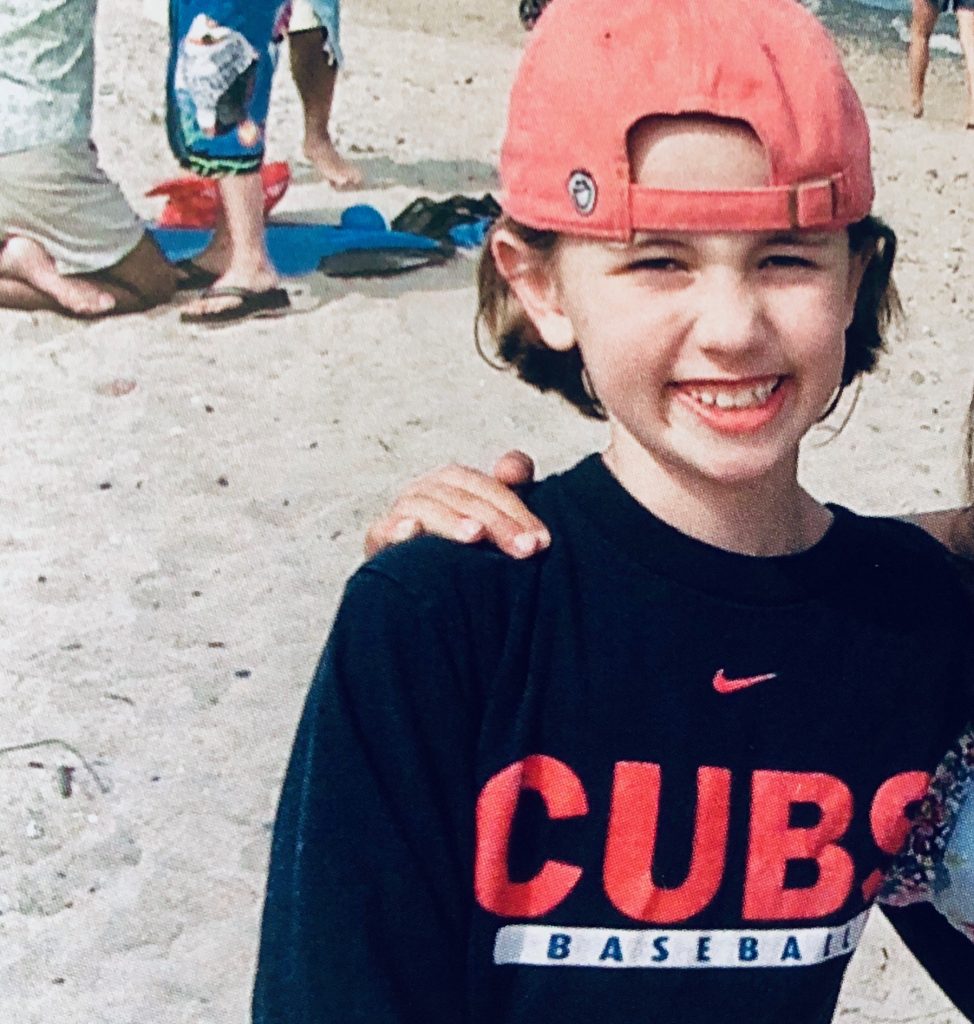 Transitioning
Transitioning
As a next step, I decided to physically affirm my identity. I went to a plastic surgeon to have both breasts removed; this is called “top surgery.” I am now eight weeks post-surgery and fully recovered. Six weeks ago, I started on testosterone. One of the effects of testosterone is it lowers my voice, and brings me closer to the person that I truly am. It is not intended to make me “male,” but rather an individual between labels like these, and I have never been happier.
I believe that everyone has the right to be their true selves, whether this happens by going to therapy, to support groups, or even having surgery. I am now exactly where I want to be (and believe I should be). Each day I love my body more and more. I feel free. And I believe we all deserve to be celebrated and treated with respect however we identify and present ourselves.


 Learn
Learn Read Stories
Read Stories Get News
Get News Find Help
Find Help
 Share
Share
 Share
Share
 Share
Share
 Share
Share

